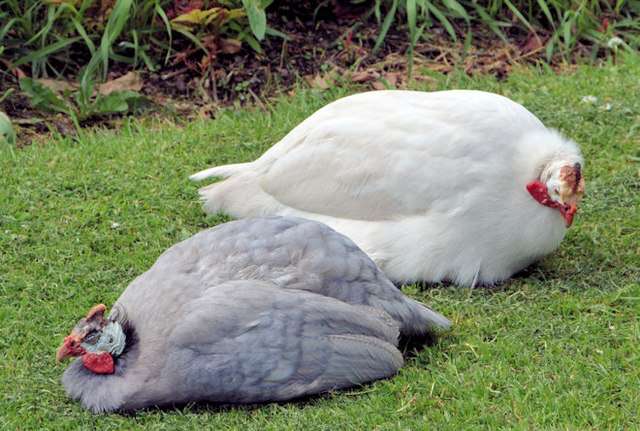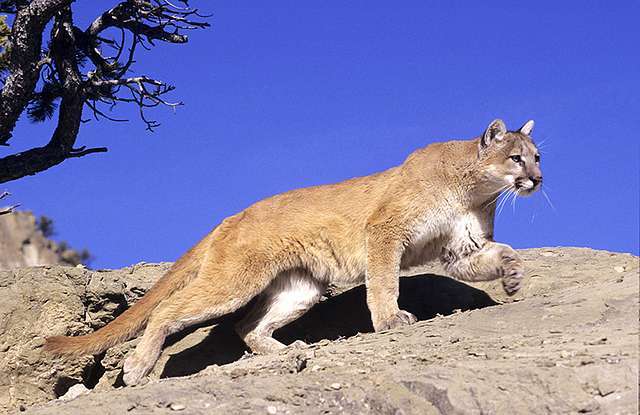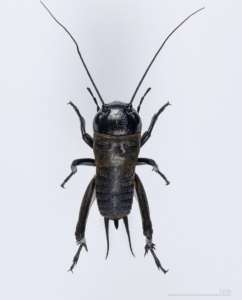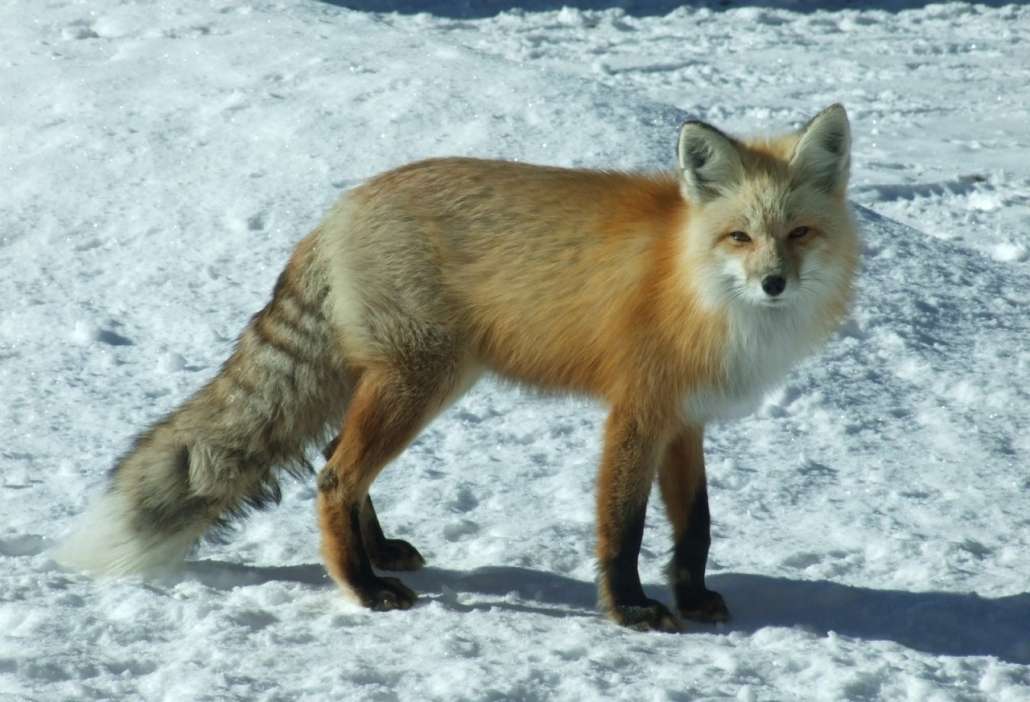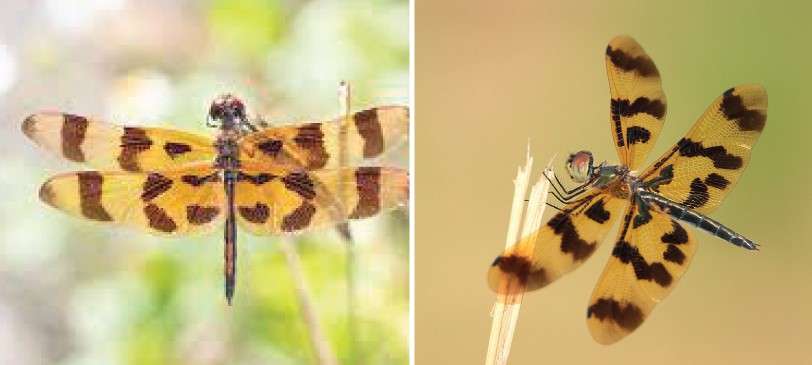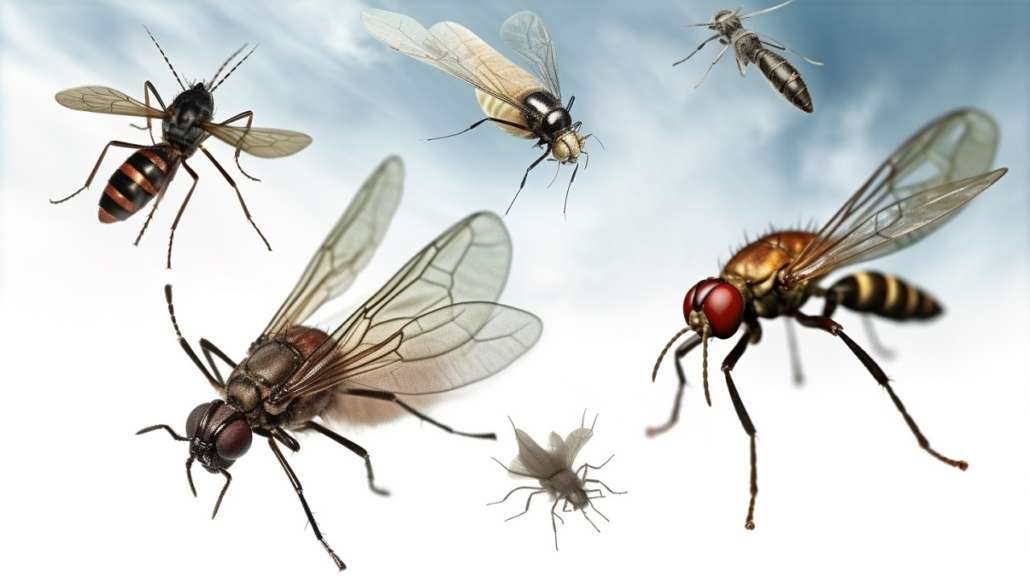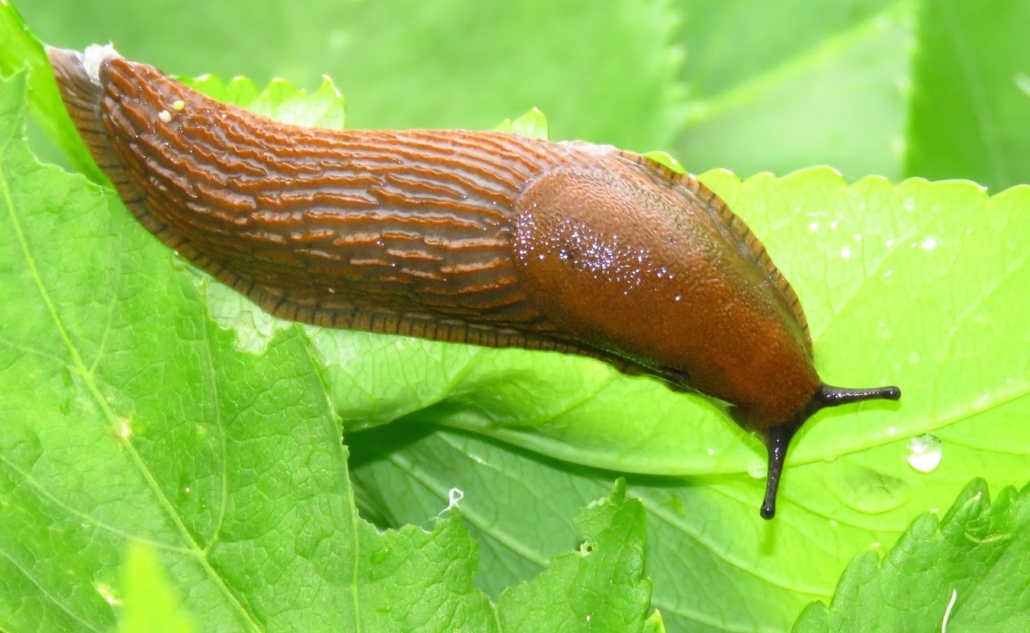SCORES & OUTDOORS: The Maine coon cat
 by Roland D. Hallee
by Roland D. Hallee
I don’t usually do a column on domestic house pets, but I think this one is worth the exception. I have this Maine coon cat that hangs around my house. It belongs to the next door neighbors, but it seems to have claimed my yard as part of its territory.
The Maine coon cat is one of the oldest natural breeds in North America, specifically native to the state of Maine, and is recognized as the official state cat.
Although the Maine coon’s origins and date of introduction to the United States are unknown, there are many theories. The breed was popular in cat shows in the late 19th century, but its existence became threatened when long-haired breeds from overseas were introduced in the early 20th century. The breed has made a recovery, and is second only to the Persians in popularity throughout the world.
There are only theories and folklore as to their origin. One involves Marie Antoinette, the Queen of France, who was executed in 1793. The story goes that before her death, Antoinette attempted to escape France with the help of Capt. Samuel Clough. She loaded Clough’s ship with her most prized possessions, including six of her favorite Turkish Angora cats. Although she did not make it to the United States, her pets safely reached the shores of Wiscasset, where they bred with other short-haired breeds and evolved into the modern breed of Maine coon.
Another folk story involves Capt. Charles Coon, an English seafarer who kept long-haired cats aboard his ships. Whenever Coon’s ship would anchor in New England ports, the felines would exit the ship and mate with the local feral population. When long-haired kittens began appearing in the litters of the local cat population, they were referred to as one of “Coon’s cats.”
A myth which is trait-based, though genetically impossible, is the idea that the modern Maine coon descended from ancestors of semi-feral domestic cats and raccoons. This myth would account for the common color of the breed (brown tabby) and its bushy tail. Another idea is that the Maine coon originated between the matings of domestic cats and wild bobcats, which could explain the tufts of hairs that are so commonly seen on the tips of the ears.
The generally-accepted theory among breeders is the possibility that the short-haired domestic cats and long-haired breeds brought from overseas, were responsible, especially the 11th century Vikings. The Maine coon bears strong resemblance to the Norwegian Forest Cat.
The first mention of Maine coons in a literary work was in 1861, when a black and white Maine coon by the name of Captain Jenks of the Horse Marines, was written about by co-owner F. R. Pierce, who wrote a chapter in Frances Simpson’s The Book of Cats in 1903.
In 1895, a dozen Maine coons were entered in a show in Boston. On May 8, 1895, the first North American cat show was hosted at Madison Square Garden, in New York City. A female Maine coon brown tabby, named Cosey, won the silver collar and medal, and was named best in show.
In the early 20th century, the Maine coon’s popularity began to decline with the introduction of other long-haired breeds, such as Persians. The last recorded win by a Maine coon in a national cat show was in 1911 in Portland, Oregon. The breed was rarely seen after that. The decline was so severe that is was prematurely declared extinct in the 1950s.
Maine coons are known as “gentle giants” and possess above-average intelligence, making them easy to train. They are known for being loyal to their families and cautious, but not mean, around strangers, but are independent and not clingy. It is not generally known as a lap cat, but their gentle disposition makes the breed relaxed around dogs, other cats and children. They are playful throughout their lives, the male more so than the female.
Maine coons have a fascination with water, and some theorize that this trait comes from their ancestors, who were aboard ships for much of their lives.
Maine coons are generally a healthy and hardy breed, and have adapted to survive the New England climate. Their most severe threat is a heart disease most commonly found in cats, whether pure bred or not. Another potential health problem is spinal muscular atrophy, a disease which causes the loss of the neurons in the spinal cord that activate the skeletal muscles of the trunk and limbs.
They have several physical adaptations for survival in harsh winter climates. Their dense fur is water resistant and the shaggier hair on their underside and rear protect them when walking or sitting on top of wet surfaces of snow and ice. Their long and bush raccoon-like tail is resistant to sinking in snow, and can be curled around their face and shoulders for warmth and protection from wind and blowing snow.
My wife and I have had our share of cats over the years, and choose not to have any more. But if I were to have another cat, it would be a Maine coon. There seems to be a mystique about them.
IMPROVEMENT?
Well, Patriots fans, what do you take away from Sunday’s loss to the New York Giants, 10-7?
I think it’s an improvement. After losing, 10-6, to Indianapolis two weeks ago, they only lost by three points instead of four. It is a sad affair when your defense gives up only 10 points in each of those games, and they still lose. It can only get better, right? Can you say, 2-15?
Roland’s trivia question of the week:
The New England Patriots were the first NFL team to achieve what record during the regular season?



